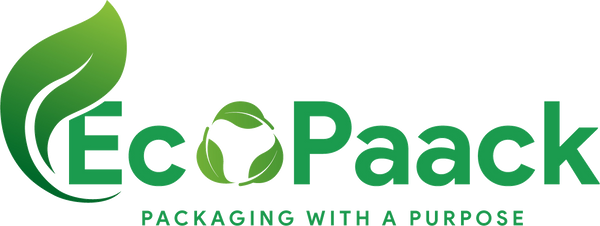In the quest for sustainable packaging solutions, bagasse has emerged as a versatile and eco-friendly material with numerous benefits. Derived from sugarcane fiber, bagasse offers a compelling combination of sustainability, functionality, and environmental friendliness. In this article, we'll delve into the science behind bagasse and explore why it's a great choice for food packaging, restaurant supplies, and wholesale packaging needs.
What is Bagasse?
Bagasse is a fibrous byproduct obtained from the processing of sugarcane. After sugarcane stalks are crushed to extract juice for sugar production, the remaining fibrous residue is known as bagasse. Traditionally considered waste, bagasse has found new life as a sustainable alternative to traditional packaging materials.
The Science of Bagasse: Key Characteristics
1. Renewable Resource
One of the primary reasons bagasse is hailed as a sustainable packaging material is its renewable nature. Sugarcane is a fast-growing crop that can be harvested annually, making bagasse readily available as a raw material for packaging production. Unlike finite resources such as petroleum-based plastics, bagasse offers a renewable and abundant source of fiber.
2. Biodegradability
Bagasse is inherently biodegradable, meaning it can naturally decompose into organic matter when exposed to the environment. Microorganisms such as bacteria and fungi break down bagasse fibers, converting them into simpler substances over time. This biodegradation process reduces waste accumulation in landfills and minimizes the environmental impact of discarded packaging.
3. Strength and Durability
Despite being derived from plant fibers, bagasse is surprisingly sturdy and durable. It can withstand a wide range of temperatures, making it suitable for both hot and cold food items. Bagasse packaging, such as paper plates and bowls, maintains its structural integrity even when holding moist or oily foods, offering reliability and convenience for consumers.
4. Versatility
Bagasse is highly versatile and can be molded into various shapes and forms to meet diverse packaging needs. From paper plates and bowls to clamshells and trays, bagasse packaging offers a wide range of options for foodservice establishments and wholesale packaging suppliers. Its versatility makes it an ideal choice for packaging a variety of food items, including salads, sandwiches, and hot meals.
Why Bagasse is Ideal for Food Packaging
1. Food Safety
Bagasse is a food-safe material that meets stringent regulatory standards for food contact. Unlike some plastics that may leach harmful chemicals into food, bagasse packaging provides a safe and non-toxic option for serving meals and snacks. Its natural composition and minimal processing make it an excellent choice for ensuring the safety and integrity of food products.
2. Environmental Impact
By choosing bagasse packaging over conventional alternatives, foodservice establishments can significantly reduce their environmental footprint. Bagasse production requires fewer resources and generates lower greenhouse gas emissions compared to the production of plastic or polystyrene packaging. Additionally, the biodegradable nature of bagasse ensures that discarded packaging can be recycled back into the environment without harming ecosystems.
3. Consumer Appeal
In an era where sustainability is increasingly valued by consumers, bagasse packaging offers a compelling selling point for foodservice businesses. Eco-conscious consumers appreciate establishments that prioritize environmentally friendly practices, including the use of sustainable packaging materials. By opting for bagasse paper plates, bowls, and containers, restaurants can appeal to a broader customer base and enhance their brand reputation as stewards of sustainability.
Conclusion
In conclusion, bagasse is a remarkable packaging material with numerous scientific attributes that make it an excellent choice for food packaging, restaurant supplies, and wholesale packaging needs. Its renewable nature, biodegradability, strength, durability, and versatility set it apart as a sustainable alternative to traditional packaging materials.
As businesses and consumers alike increasingly prioritize sustainability in their purchasing decisions, bagasse stands out as a shining example of innovation in packaging and sustainability. By harnessing the science behind bagasse and embracing its eco-friendly properties, foodservice establishments can contribute to a greener, more sustainable future for generations to come.

